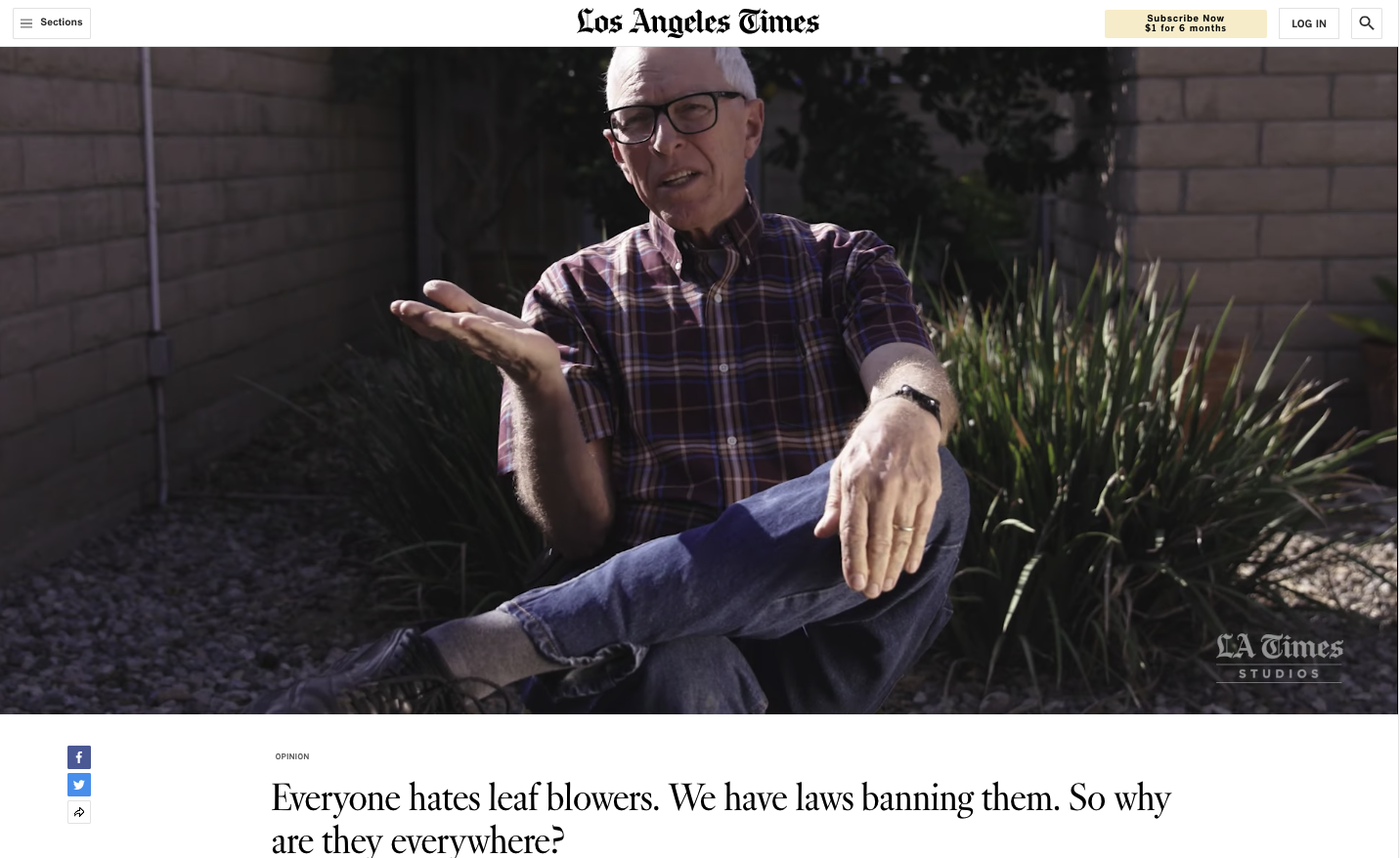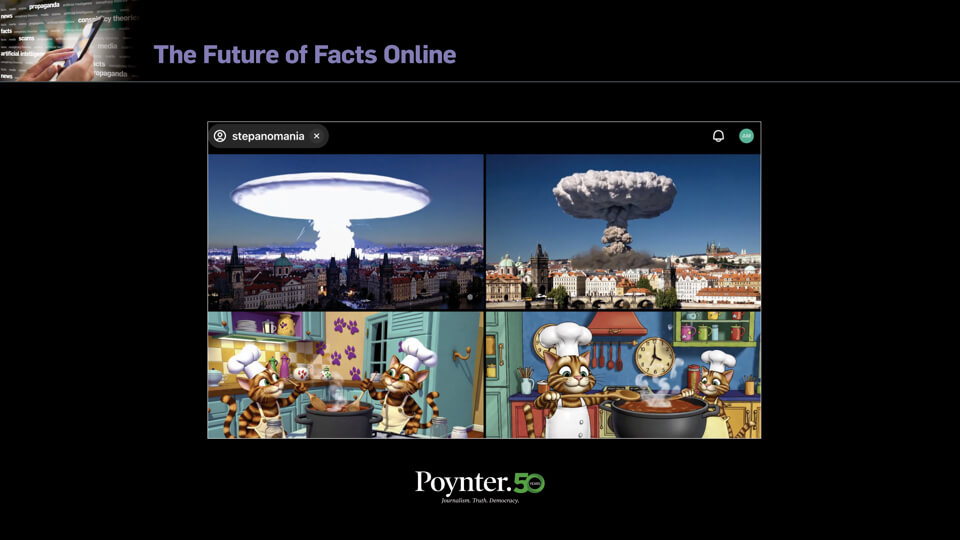Letters to the editor are a newspaper staple. Members of the community get 200 or 300 words to share their perspectives and experiences. Then, an editor selects and publishes them, and the process repeats itself.
But a new project from the Los Angeles Times gives those letters a lot more time and space.
Hear Me Out is a twice-monthly video series that takes a letter to the editor and turns it into a video that digs deeper and gets more personal that the traditional feature allows. Hear Me Out video letters so far include perspectives on the impacts of port pollution, the trouble with leaf blowers, and a Vietnamese refugee’s reflections on Afghanistan.
The idea came from Karen Foshay, a senior producer with L.A. Times Studios. (L.A. Times Studios operates outside the newsroom.) Foshay, who previously worked at PBS, NBC and CBS, has always been a fan of letters to the editor, she said, and used them as inspiration for past projects.
Her timing was perfect.
Last March, former editorial page editor Sewell Chan shared a pilot video from Foshay and L.A. Times Studios’ executive producer Jamie Novogrod.
“I just about jumped out of my seat,” said Paul Thornton, the Times’ letters editor. “Hell yes.”
“Over the years as a lot of other newsrooms have, there have been more cuts than additions and that affects our ability to do just about anything,” he said. “Under new ownership in the last few years, there have been more additions than cuts, which has been wonderful.”
Because L.A. Times Studios would handle production, it didn’t mean more work for Thornton. And it offered the chance to make something more of the stories he gets each week via letters.
“I think what the videos do is they allow the letter writer to expand on their experience beyond 200 or 300 words,” Foshay said. “You get to meet the person and hopefully you see a little of the human behind their story and their experience, and you might understand where they’re coming from.”
The videos also pull on history and the archives to offer context.
Filming to production takes about seven days, Foshay said. The trick is letting the letter writer tell their story.
“I think we have to sometimes get out of the way as reporters and let these people tell their own stories,” she said. “It’s quite a simple concept and maybe that’s the beauty of it.”
Thornton has been at the Times since 2005, and “it’s been a 16 year long existential crisis” trying to figure out how to draw in readers and what works.
The series has shown him how eager people are to participate and how much it means that the Los Angeles Times wants to hear from them.
In some ways, Thornton said, “it’s made me more hopeful for our future.”
This piece originally appeared in Local Edition, our newsletter devoted to the telling stories of local journalists
Correction: A previous version of this story noted that this was the first project between the L.A. Times studio and the newsroom. That’s incorrect and it has been removed from the story. We apologize for the error.







